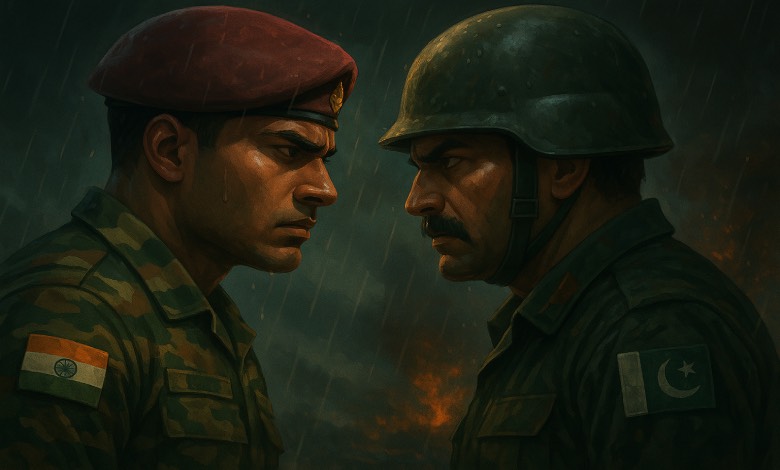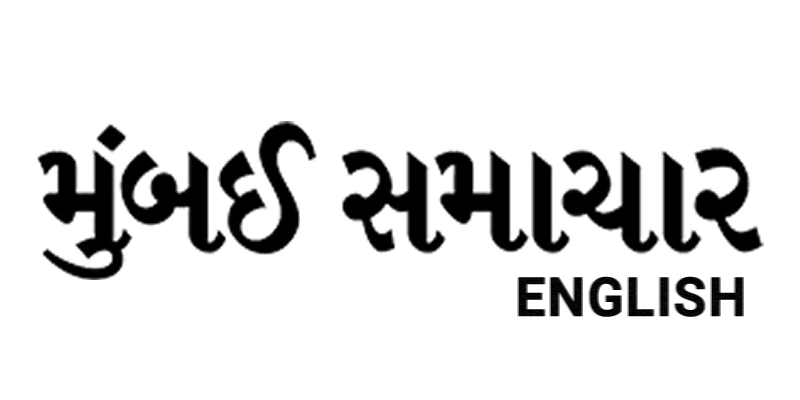India vs Pakistan: Who Holds the Military Edge?

( from our Correspondent )
The Indian government has announced that its military carried out “Operation Sindoor” targeting Pakistan and Pakistan-occupied Kashmir. According to the official statement, the operation struck terrorist infrastructure in areas used to plan and launch attacks against India. The statement added that nine locations were targeted in total.
Meanwhile, Pakistan’s state-run television, citing military spokespersons, reported that India launched missile strikes at three different locations within Pakistan.
Retired General Warns Against Hasty Action
Experts on South Asian geopolitics have not ruled out the possibility of limited military action by India, which risks escalating into a broader conflict. Lieutenant General (Retired) S.H. Panag, in a column for The Print, cautioned against impulsive military moves. He emphasized that Pakistan, being a nuclear-armed state, also possesses significant conventional military strength to retaliate.
He wrote, “Despite India’s capabilities in missiles, drones, or air power, we don’t have enough technological superiority to conduct a retaliatory surgical strike without suffering losses. Pakistan has retaliatory capacity, and we must be prepared for it.”
In an interview with the BBC, Pakistan’s Defence Minister Khawaja Asif stated, “We don’t need to prepare we are already prepared for any eventuality.” Echoing similar sentiments, Pakistan Prime Minister Shehbaz Sharif warned on Saturday that any misadventure would invite a response like the one seen in 2019, referencing the Balakot airstrike following the Pulwama terror attack, which had led to limited air clashes between the two nations.
India’s Military Strength

According to the Global Firepower 2025 rankings, India holds the 4th position globally in terms of military power, while Pakistan is ranked 12th among 145 countries.
India’s armed forces include approximately 2.2 million army personnel, 4,201 tanks, nearly 150,000 armored vehicles, 100 self-propelled artillery units, and 3,975 towed artillery units. The country also possesses 264 multi-barrel rocket artillery systems.
The Indian Air Force (IAF) comprises 310,000 personnel and a fleet of 2,229 aircraft, including 513 fighter jets and 270 transport planes. The total includes 130 attack aircraft, 351 trainers, and six tanker aircraft. Combined, the Indian armed forces operate 899 helicopters, 80 of which are attack helicopters.
India’s Navy consists of 142,000 personnel and a fleet of 293 warships, which includes 2 aircraft carriers, 13 destroyers, 14 frigates, 18 submarines, and 18 corvettes.
On the logistics front, India has access to 311 airports, 56 seaports, 6.3 million kilometers of road network, and 65,000 kilometers of railway infrastructure.
Pakistan’s Military Capabilities
As per Global Firepower, Pakistan’s military includes around 1.31 million army personnel, 124,000 naval personnel, and 78,000 air force personnel.
Pakistan operates 1,399 aircraft, including 328 fighter jets, 90 attack aircraft, 64 transport planes, 565 trainers, four tanker aircraft, and 373 helicopters 57 of which are attack helicopters.
Its ground forces possess 2,627 tanks, 17,500 armored vehicles, 662 self-propelled artillery units, 2,629 towed artillery units, and 600 multiple rocket launchers.

The Pakistani Navy operates 121 warships, including nine frigates, nine corvettes, eight submarines, and 69 patrol vessels.
In terms of infrastructure, Pakistan has just three major ports, 116 airports, and a merchant fleet of 60 vessels. The road network spans 264,000 km, while its rail network covers 11,900 km.
Nuclear Arsenal Comparison
The Stockholm International Peace Research Institute (SIPRI) reported in 2024 that India holds 172 nuclear warheads, compared to Pakistan’s 170. However, it remains unclear how many of these are actively deployed.

SIPRI noted that Pakistan is expanding its nuclear arsenal to match India’s capabilities, while India is focusing on long-range delivery systems, including those capable of targeting China.
China, for reference, has increased its nuclear stockpile from 410 to 500 warheads a 22% jump making it the third-largest nuclear power globally.
Drone Capabilities
Both India and Pakistan are rapidly expanding their drone fleets, according to a BBC Urdu article by Shakeel Akhtar published in November last year.
Defence analyst Rahul Bedi estimates that India will have close to 5,000 drones within the next two to four years.
While Pakistan has fewer drones than India, its fleet is diverse, comprising around 10–11 different models.
In October last year, India signed a $3.5 billion deal with the U.S. to purchase 31 Predator drones, known for their high precision and lethality. The deal also includes $500 million worth of laser-guided missiles and bombs.
Pakistan, meanwhile, imports drones from Turkey and China and has previously procured systems from Germany and Italy. It has also developed indigenous drones like the Burraq and Shahpar. The country operates advanced Turkish Bayraktar TB2 and Akinci drones, as well as Chinese Wing Loong II and CH-4 systems.
Rising Tensions After Pahalgam Attack
Tensions between India and Pakistan have reached a boiling point following a militant attack in Pahalgam, Jammu and Kashmir.
India has responded with several measures, including suspending the Indus Waters Treaty, closing border crossings, and revoking visas for Pakistani citizens. In retaliation, Pakistan announced its withdrawal from the 1972 Shimla Agreement and warned that any move to block or divert river waters would be considered an act of war.
Both sides have exchanged sharp warnings. In a public rally, Indian Prime Minister Narendra Modi declared that terrorists would face unimaginable punishment. “We will identify, hunt down, and punish every terrorist and those supporting them. It’s time to erase the last traces of terrorism from our soil,” he said.
India’s Water Resources Minister C.R. Patil stated that steps were being taken to ensure “not a single drop of water reaches Pakistan.”
On the other side, Prime Minister Shehbaz Sharif reiterated a strong response to any provocation, while Defence Minister Khawaja Asif told the BBC that any attempt to tamper with the Indus Waters Treaty would be considered an act of war.




